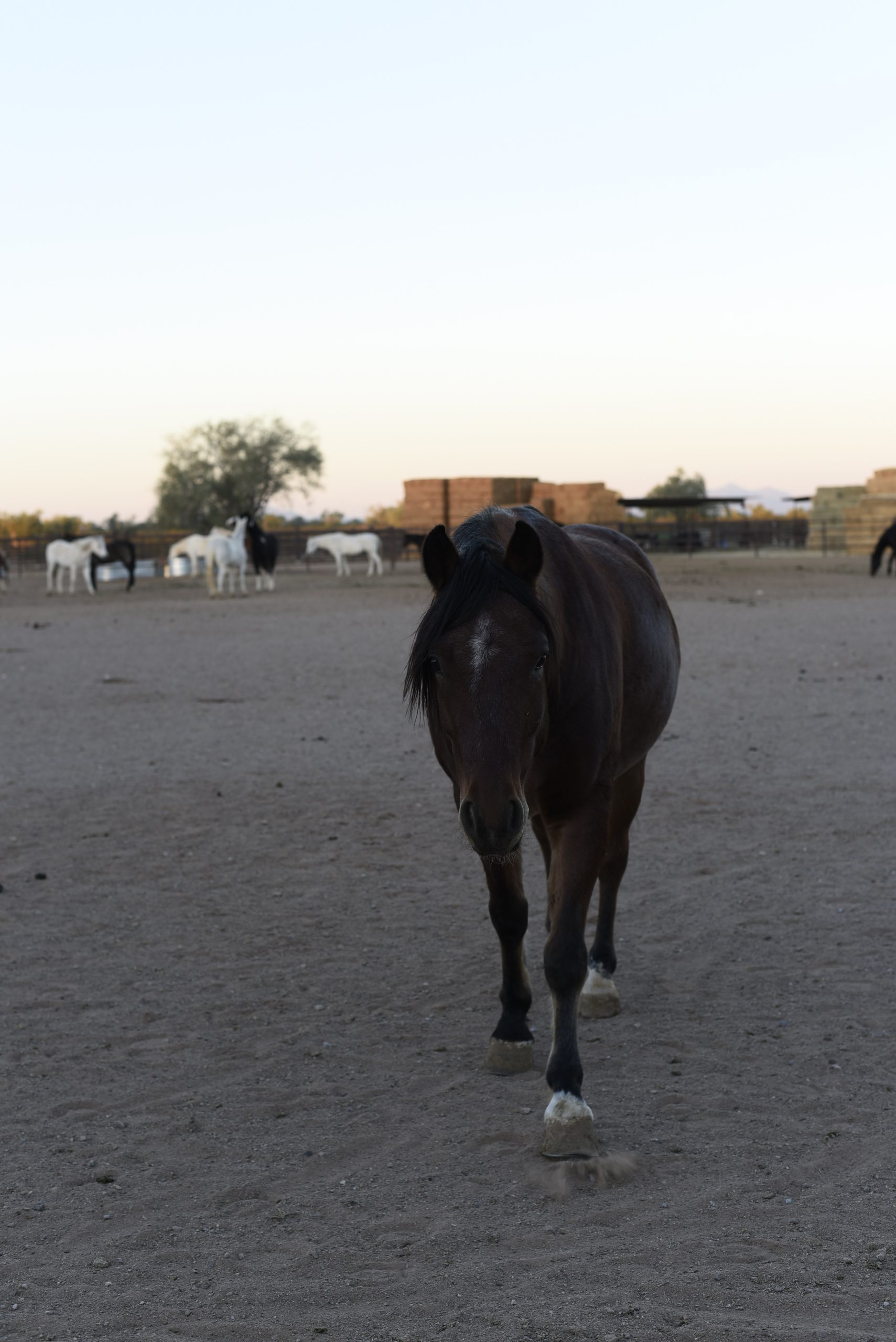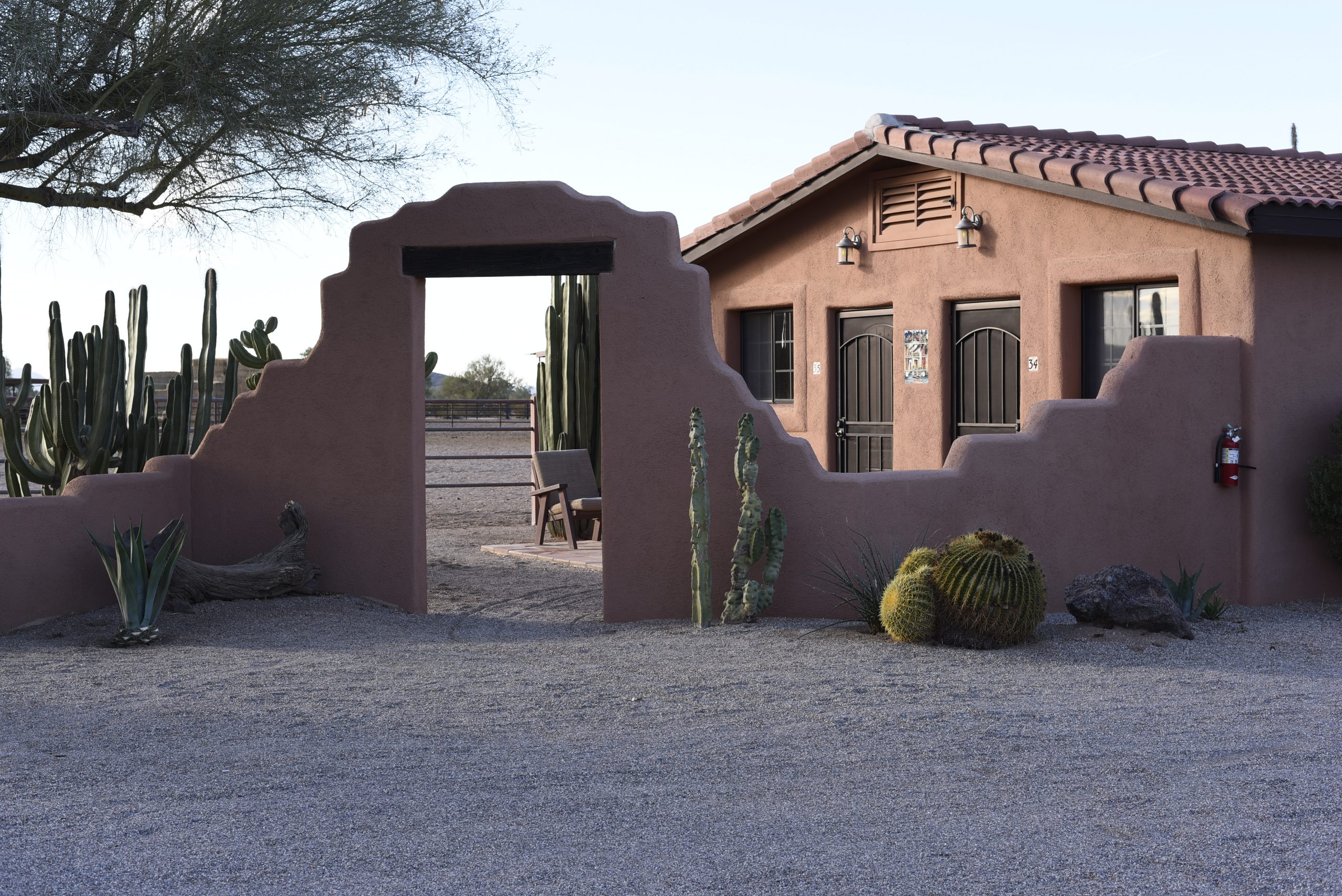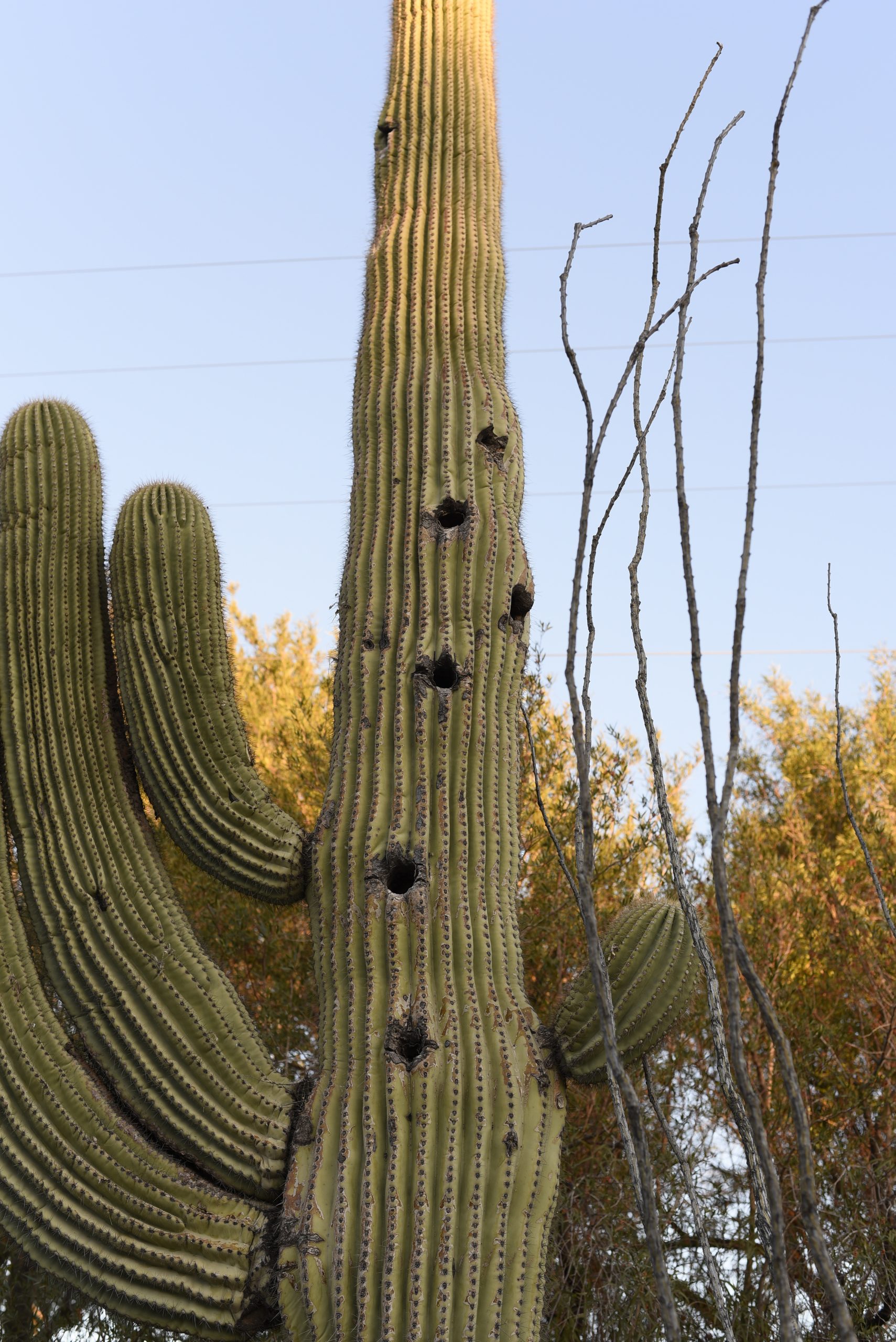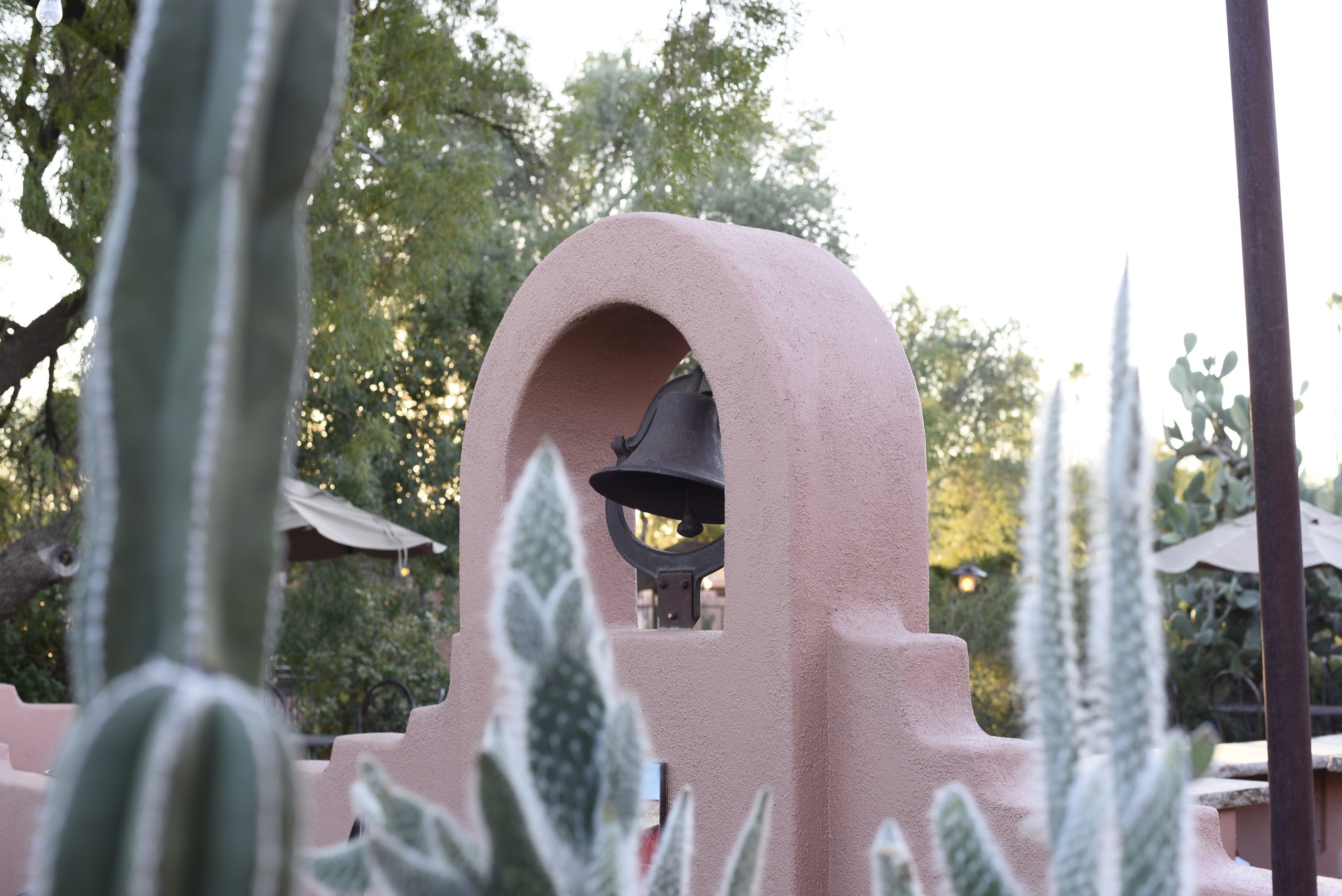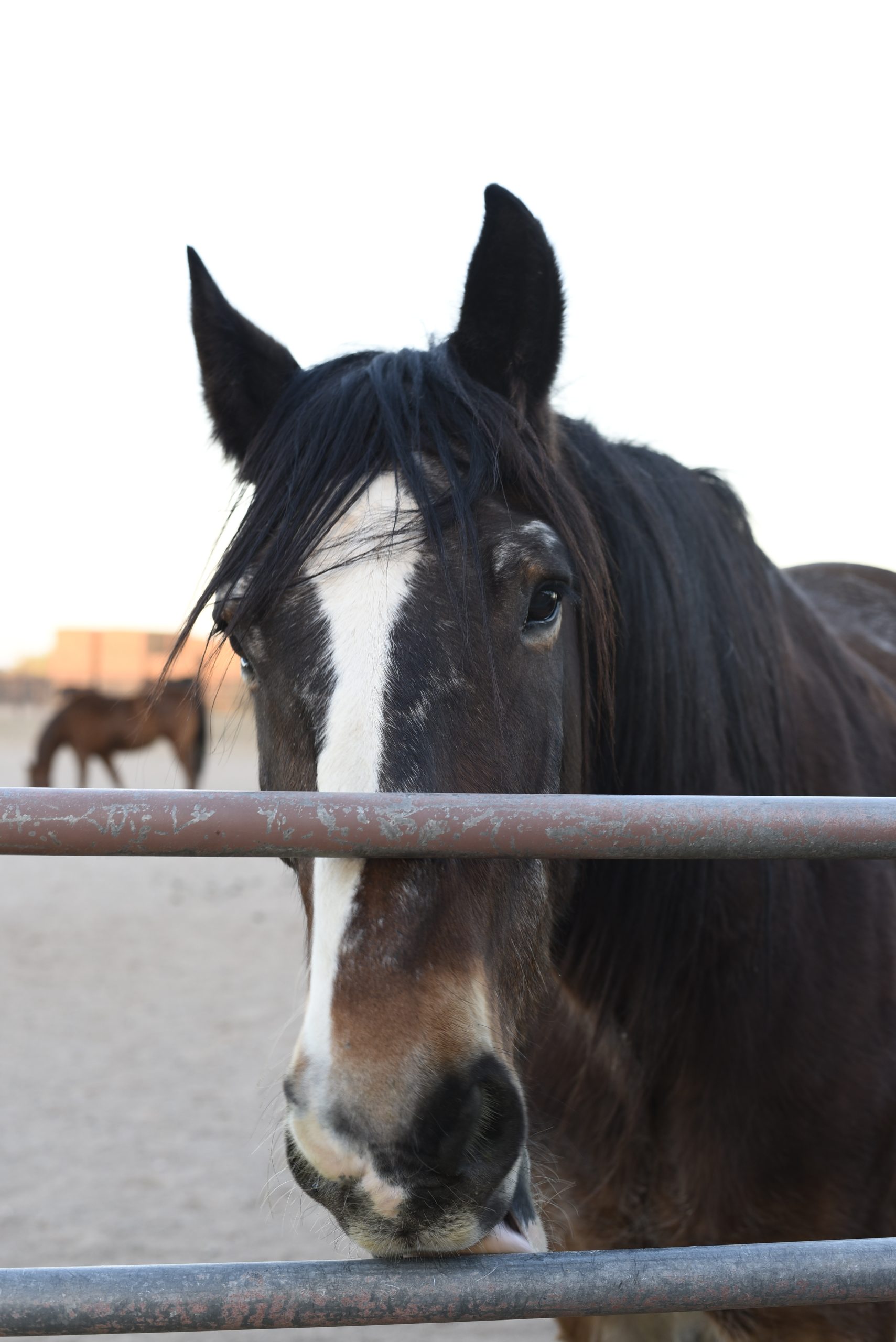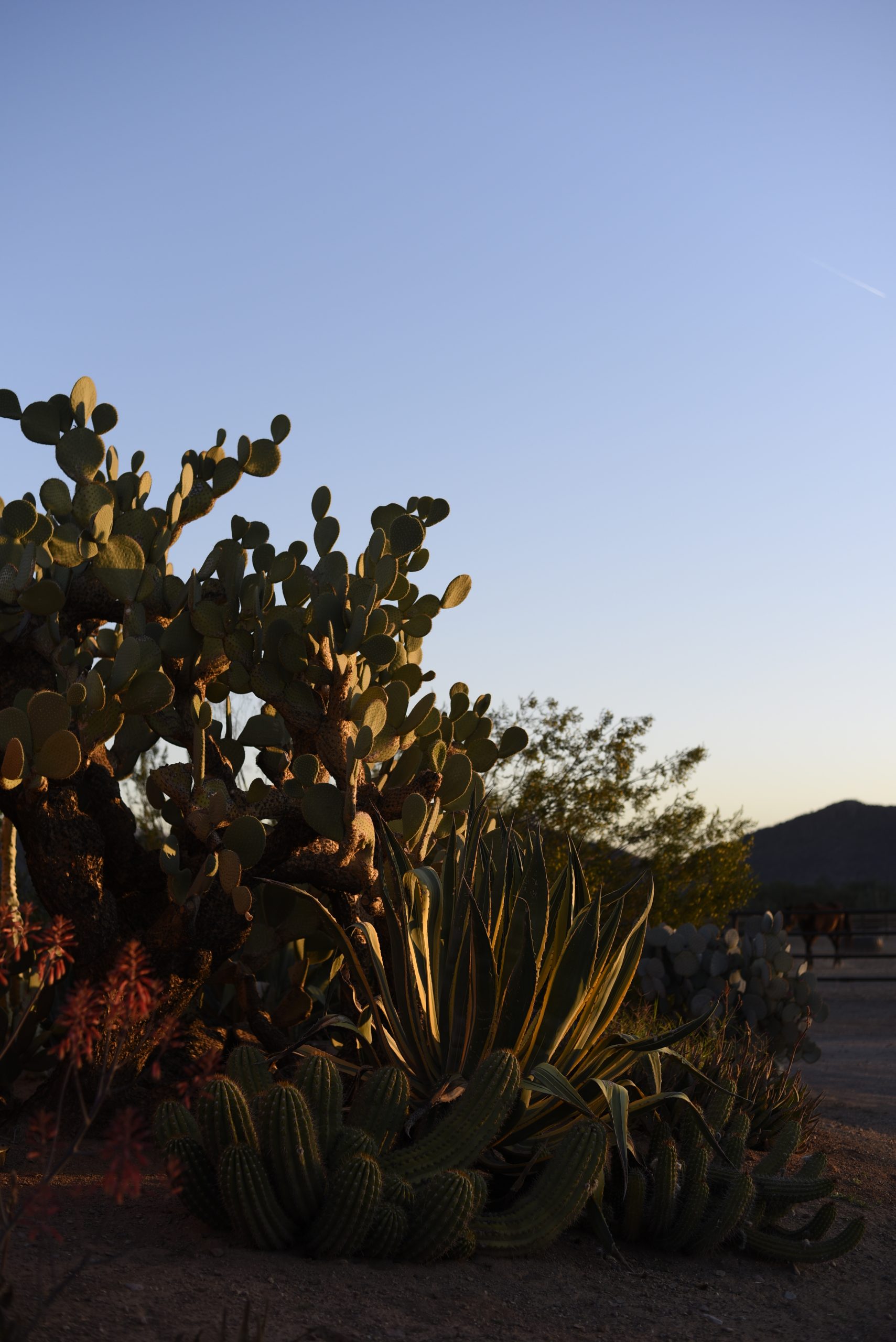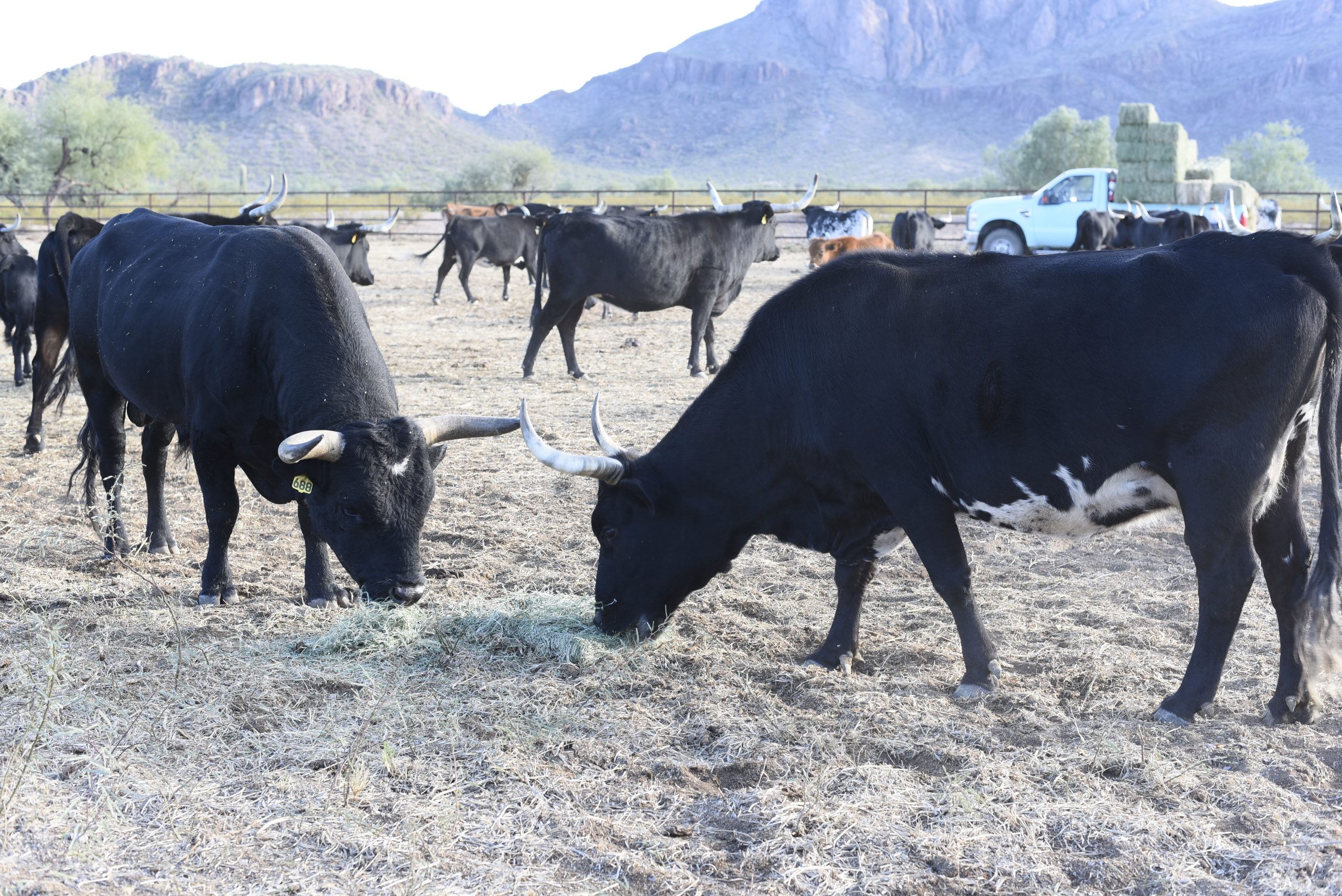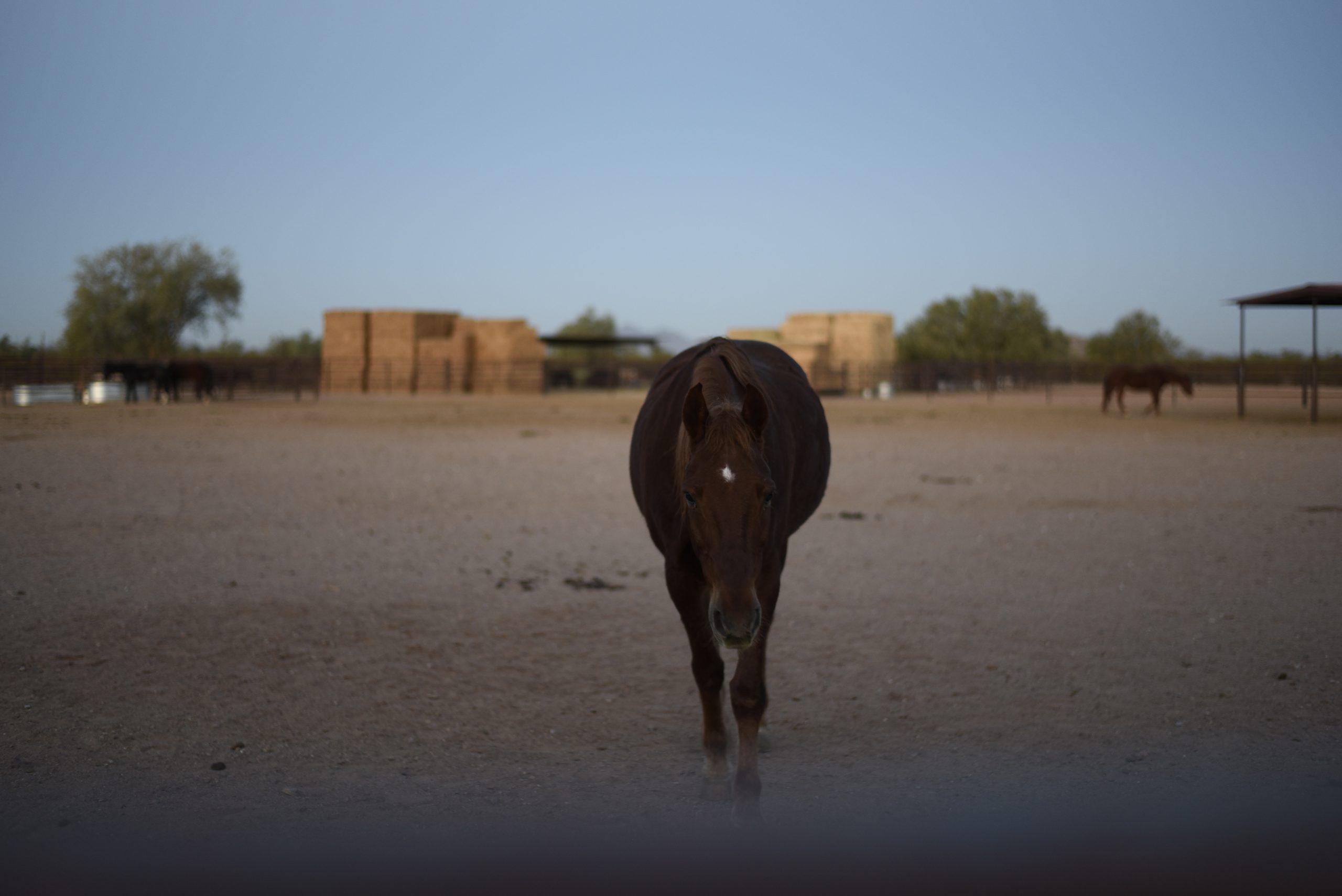I don’t get to travel as often as I would like to, but when I do, I am naturally drawn to agritourism destinations. I like to think that this is because agriculture and the food system are my passion, but it could be that I’m just not good at leaving my work at home. Whatever the case may be, I decided to take a solo trip in December 2023 to celebrate the completion of my Master’s degree program. I traveled to Tucson, Arizona to stay at the White Stallion Ranch: a magical 3,000 acre property that borders Saguaro National Park.
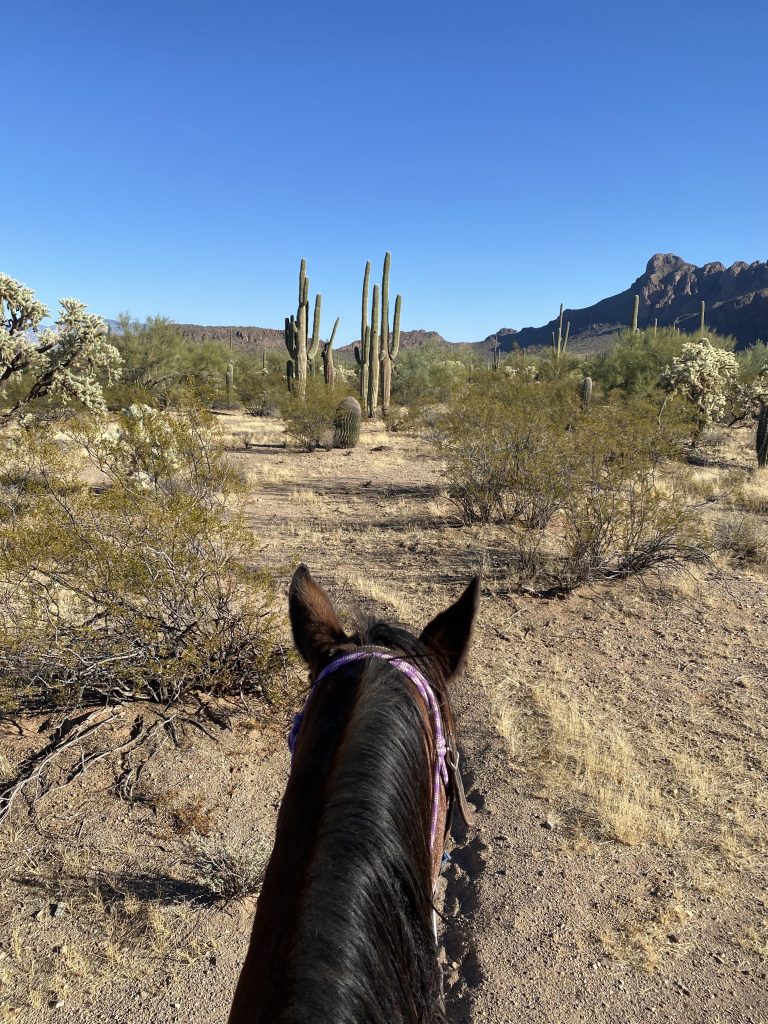
I used to consider agritourism to include only activities that directly pertain to the production of food, fuel, or fiber. Some examples of the agritourism activities that our farm offers are tours and overnight stays, which allow visitors to see how our working farm operates. Sometime in the past year, my definition of agritourism expanded to include guest ranches like the White Stallion Ranch. While producing an agricultural product is not at the core of most guest ranches, they allow people a glimpse into the realities of ranching in the harsh environment of the American West, as well as preserving landscapes and traditions that may otherwise be lost. Guest ranches are the perfect destination for adventurous people of all ages. There was so much to do at the White Stallion Ranch, from horseback riding, to e-biking, to yoga classes, to shooting, to rock climbing, to art classes, to archery, to getting spa treatments. (I’m sure there’s even more that I have forgotten to list.)
One of the most exciting things that I got to do while I was at the ranch was working cattle on horseback. I have ridden horses for most of my life, and I worked with cattle in college and during the first few years of my career, but I had never had the opportunity to combine the two activities before. I signed up to participate in both team penning and sorting. Team penning involves a team of riders and horses separating a small number of steers from a larger group, and herding them into a pen. Sorting involves a pair of riders working together to move numbered cattle into a pen one by one, in the correct order, as quickly as possible. While these are both fun, competitive events that can be observed at many rodeos, they have their roots in real ranch work. ATVs and pick up trucks have replaced horses in a lot of settings, but many ranchers still value the agility and intuition of horses when it comes to handling cattle.
Another activity that I greatly enjoyed was the edible and herbal plant walk. Led by a naturalist with 32 years of experience in gathering seeds from various desert plant species, we walked the grounds, observing cacti, shrubs, and trees while discussing their characteristics and uses. I got to sample candy made from prickly pear cactus, and I collected some agave seeds to take home. I learned that the flowers, seeds, and fruit of most cactus species are edible, and that jojoba was planted all over the southwest during the energy crisis of the 1970s due to its potential as a fuel source. I was amazed by the guide’s stories and the knowledge that he had obtained from studying under the Tohono O’odoham people.
Having just completed a class in soil ecology, one of the things that struck me the most about the Sonoran Desert was the ground. As I rode the trails, I noticed that the soil is completely unlike the soil that I’m used to seeing in northern New York. When digging, distinct layers of material that run parallel to the soil’s surface can be observed. These layers are known as soil horizons. At home in the northeast, the top layer of soil is the O horizon: a fertile coating of organic matter above the topsoil primarily made up of decomposed plant and animal material. Beneath the O horizon is the A horizon, or the topsoil, which is a blend of organic material and well weathered rock (the parent material). Beneath the topsoil is the B horizon, or the subsoil, which is a layer of less weathered parent material. Beneath the subsoil is the C horizon, or substratum, which is the least weathered parent material, just above the bedrock. In the desert, the O and A horizons are absent, and the B horizon is at the surface of the soil. The B horizon tends to be coarse, with pieces of identifiable rock. As a farmer, I really value the fertility and water retention capacity of the organic matter found in the O and A horizons, so their absence had me pondering the challenges of growing and grazing in that environment.
The accommodations at the White Stallion Ranch are luxurious, and yet they are down-to-earth. The ranch is owned by the True family, and it seems that family members are very involved in the day-to-day operations. During my stay, I observed that most of the guests had been there before. The woman staying in the room next to mine told me that she had been coming to the ranch since the 1970s. All of the other guests were incredibly friendly, so much so that I didn’t really feel like I was traveling alone. I rarely ate a meal by myself because I was so often welcomed to join other peoples’ tables. On the subject of eating, I have to mention that the food at the ranch was superb! I opted for an all-inclusive option, so I was able to enjoy three meals a day without leaving the property. The cuisine was primarily southwestern, although there was enough variety that there was something for everyone.
If by chance you feel inspired to book a stay at a guest ranch after reading this post, you may find it helpful to consult the Dude Ranchers’ Association website. They have a list of member ranches that are located throughout the western parts of the United States and Canada. If you decide to visit the White Stallion Ranch, please tell them that I sent you! I am already looking forward to my next visit, whenever that may be.
